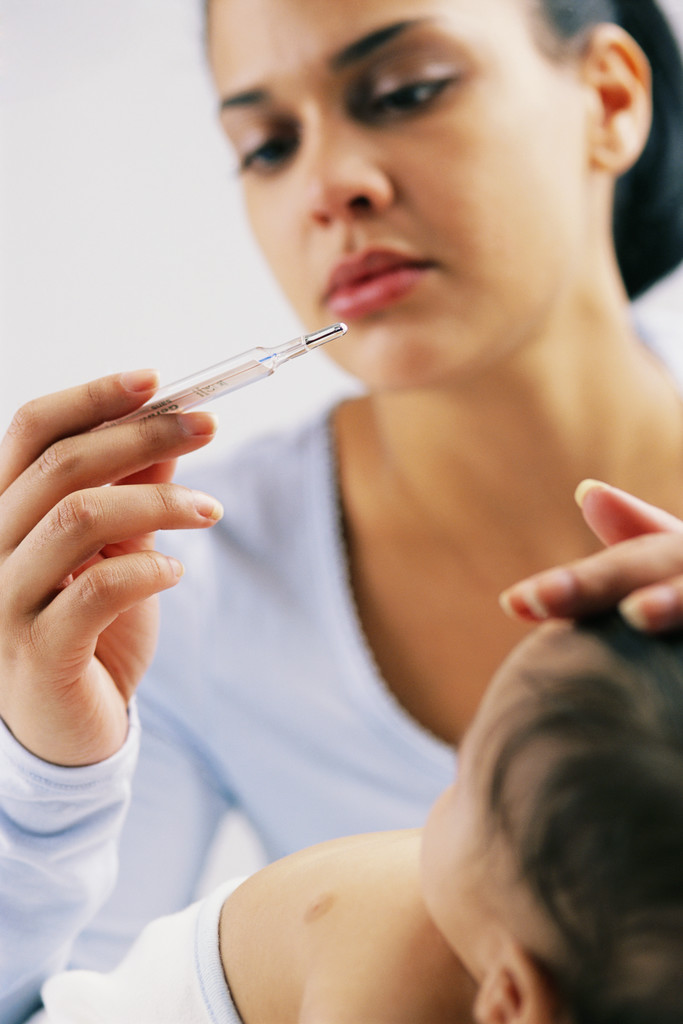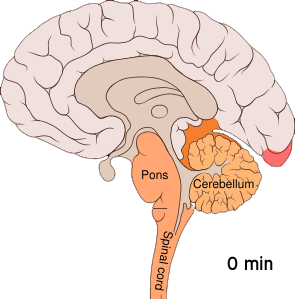 Fever is the one of the most common medical signs charactrized by elevation ot body temperature above the normal range of 36.5 to 37.5(due to an increase in the temperature regulatory set point).
Fever is the one of the most common medical signs charactrized by elevation ot body temperature above the normal range of 36.5 to 37.5(due to an increase in the temperature regulatory set point).Fever is a common symptom of many disease conditions
INFECTIOUS DISEASES like influenza,HIV,malaria
Inflammatory bowel diseases(a group of inflammatory condition of colon and small intestine)
SKIN DISEASES:
Boils and Abscess.
Sarcoidosis (Disease in which abnormal collection of chronic inflammatory cells)
Kawasaki disease (It is a auto immune disease in which the medium shaped blood vessels throughout the body become inflammed below 5 yrs old children)
Tissue destruction- Crush syndrome:it is characterised by major shock and renal failure after a crushing injury to the skeletal muscle
Rhabdomyolysis:it is a condition in which damaged skeletal muscle tissue breaks down rapidly and break down product released into blood.
Cancer-Renal cancer and leukemia.
And it also A IMMUNRESPONSE OF OUR BODY
Temperature Classification
Hypothermia <35.0 °C (95.0 °F)
Normal 36.5–37.5 °C (97.7–99.5 °F)
Fever > 37.5–38.3 °C (99.5–100.9 °F)
Hyperthermia > 37.5–38.3 °C (99.5–100.9 °F)
Hyperpyrexia > 40.0–41.5 °C (104–106.7 °F)
PATHOPHYSIOLOGY
Temperature is ultimately regulated by hypothalamus.A trigger if fever called pyrogens causes a release of prostaglandin E2(PG E2),then it acts on hypothalamus which generate a systemic response back to the rest of the body,causing heat creating effect to match a new temperature level.Hypothalamus work as a thermostat.
MEDICATIONS
Medication that lower fever are called ANTI-PYRETICS.
The antipyretic Ibuprofen is effective in reducing fever in children.
it is more effective than acetaminophen(paracetamol)
In children Ibuprofen and acetaminophen may be safely usede together to treat fever.
Ibuprofen is also superior to Aspirin in children with fever.
But now a days,Aspirin is not used because main adverse drug reactions associated with aspirin is REYES SYNDROME(it is a potentially fatal disease mainly affect brain and liver.It also cause hypoglycemia and fatty liver disease.

